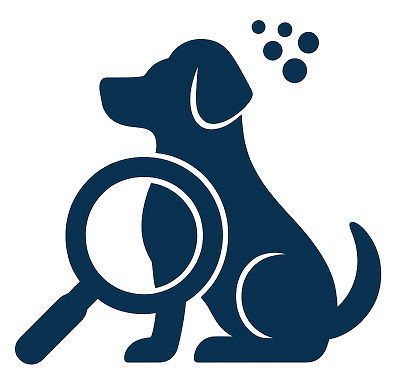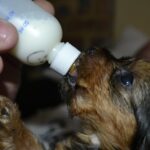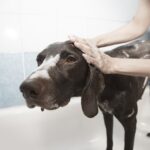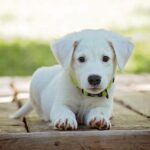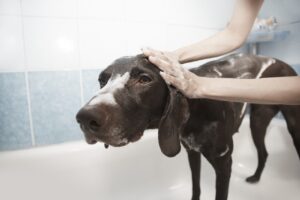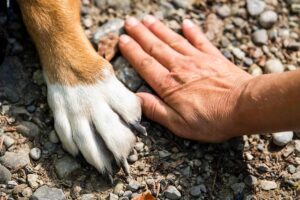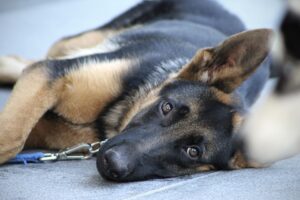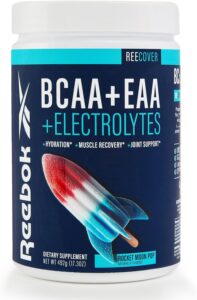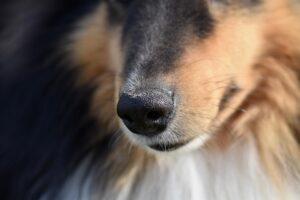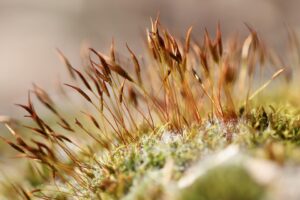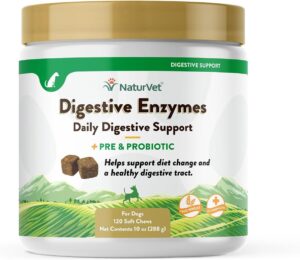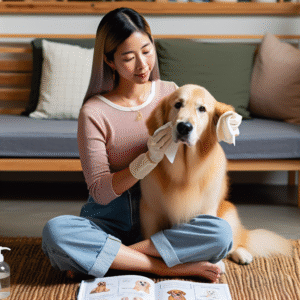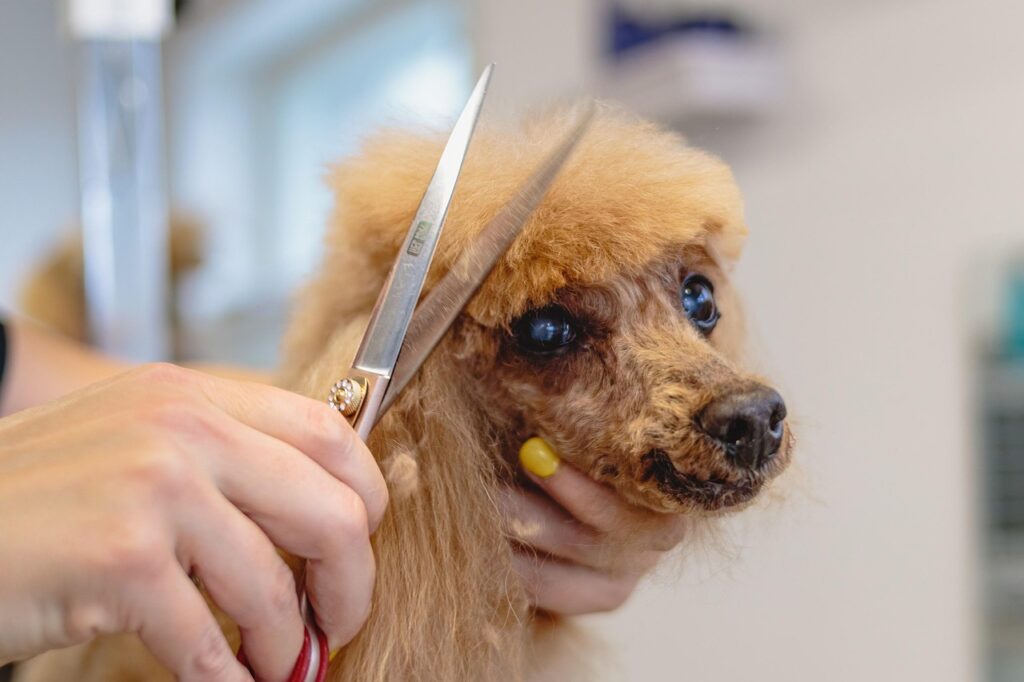
Grooming your dog is an essential part of maintaining their health and happiness. While professional grooming services are available, they can be costly over time. Creating a spa-like grooming experience at home can not only save you money but also strengthen the bond between you and your furry friend. This article provides top DIY dog grooming tips to help you transform your home into a personal spa for your pet.
Setting Up the Perfect Grooming Environment
Choose the Right Space
Begin by selecting a comfortable and safe space for grooming. Ideally, this should be a well-lit room with easy-to-clean surfaces. A bathroom or laundry room often works well. Make sure the area is free from distractions and potential hazards that could stress your dog.
Gather Your Tools
Having the right grooming tools on hand is crucial for a smooth experience. Essential items include:
- Dog-friendly shampoo and conditioner
- Brush and comb suitable for your dog’s coat type
- Nail clippers or a grinder
- Ear cleaning solution and cotton balls
- Dog toothbrush and toothpaste
- Soft towels for drying
Ensure all tools are clean and in good condition before starting.
Create a Calming Atmosphere
To mimic a spa environment, create a calm and soothing atmosphere. Play gentle music and use a soft, reassuring voice throughout the grooming session. You may also consider using pet-safe aromatherapy diffusers with calming scents like lavender to help relax your dog.
Bathing Your Dog
Prepare the Bath
Fill the tub or basin with lukewarm water, ensuring it’s not too hot or cold. Test the water temperature with your wrist or elbow before placing your dog in the tub. Have all your bathing supplies within arm’s reach to avoid leaving your dog unattended.
Shampoo and Conditioner
Use a dog-specific shampoo to avoid skin irritation. Wet your dog thoroughly and apply the shampoo, working it into a lather. Be gentle and avoid getting soap in their eyes, ears, and mouth. Rinse the shampoo out completely to prevent any residue from irritating your dog’s skin.
Apply a conditioner if desired, following the same cautionary steps. A conditioner can help detangle and soften your dog’s coat, making it easier to brush.
Drying Your Dog
After rinsing, gently squeeze excess water from your dog’s coat. Use a soft towel to pat them dry, avoiding vigorous rubbing that could tangle their fur. Consider using a pet dryer on a low heat setting to speed up the drying process, especially for dogs with thick or long coats.
Brushing and Detangling
Select the Right Brush
The type of brush you’ll need depends on your dog’s coat. For short-haired dogs, a rubber curry brush or bristle brush works well. Long-haired dogs may require slicker brushes or combs to tackle tangles and mats.
Brushing Technique
Start brushing from the head and work your way down to the tail. Use gentle, slow strokes to avoid pulling on any tangles. Regular brushing helps distribute natural oils, promoting a shiny and healthy coat. It’s also an excellent opportunity to check for any skin issues such as bumps or parasites.
Nail Trimming
Understanding Nail Anatomy
Before trimming, familiarize yourself with the structure of your dog’s nails. The quick, a sensitive area containing blood vessels and nerves, is crucial to avoid cutting. In light-colored nails, it’s visible as a pink area, but in dark nails, it can be challenging to see.
Using Nail Clippers or Grinders
Choose between nail clippers or a grinder based on your comfort level and your dog’s temperament. Clippers are quicker, while grinders can be safer for beginners. Trim a small portion at a time, and if you see a white ring or a black dot in the center, stop trimming to avoid hitting the quick.
Ear Cleaning
Check for Signs of Infection
Before cleaning, inspect your dog’s ears for any signs of infection such as redness, foul odor, or excess discharge. If you notice these symptoms, consult a veterinarian before proceeding with cleaning.
Cleaning Process
Use a veterinarian-recommended ear cleaning solution. Apply a few drops into the ear canal, gently massage the base of the ear, and allow your dog to shake their head. Use a cotton ball to wipe away any debris from the outer ear, avoiding the use of cotton swabs inside the ear canal.
Dental Care
Importance of Dental Hygiene
Regular dental care is vital for your dog’s overall health. Poor dental hygiene can lead to periodontal disease, which affects not only the teeth and gums but can also impact your dog’s heart, liver, and kidneys.
Brushing Your Dog’s Teeth
Use a dog-specific toothbrush and toothpaste. Human toothpaste can be harmful to dogs. Gently lift your dog’s lips and brush in small, circular motions. Focus on the gum line and molars, where plaque tends to accumulate. Aim to brush your dog’s teeth at least twice a week.
Finishing Touches
Paw Care
Inspect your dog’s paws for any cuts, foreign bodies, or signs of irritation. Trim any excess fur between the paw pads to prevent matting. Apply a pet-safe paw balm to keep the pads soft and protected, especially in extreme weather conditions.
Perfume and Accessories
For that extra spa-like touch, consider using a pet-safe cologne or spritz to keep your dog smelling fresh. You might also want to adorn them with a stylish bandana or bow for a fashionable finish.
Conclusion
Creating a spa-like grooming experience for your dog at home is not only feasible but also rewarding. By following these DIY grooming tips, you can ensure your dog looks and feels their best while strengthening the bond you share. Regular grooming helps maintain your dog’s health and can prevent potential health issues, making it a vital part of responsible pet ownership. With patience, practice, and the right tools, your dog will enjoy the comfort of a spa day without ever leaving home.
#ChatGPT assisted in the creation of this article.
